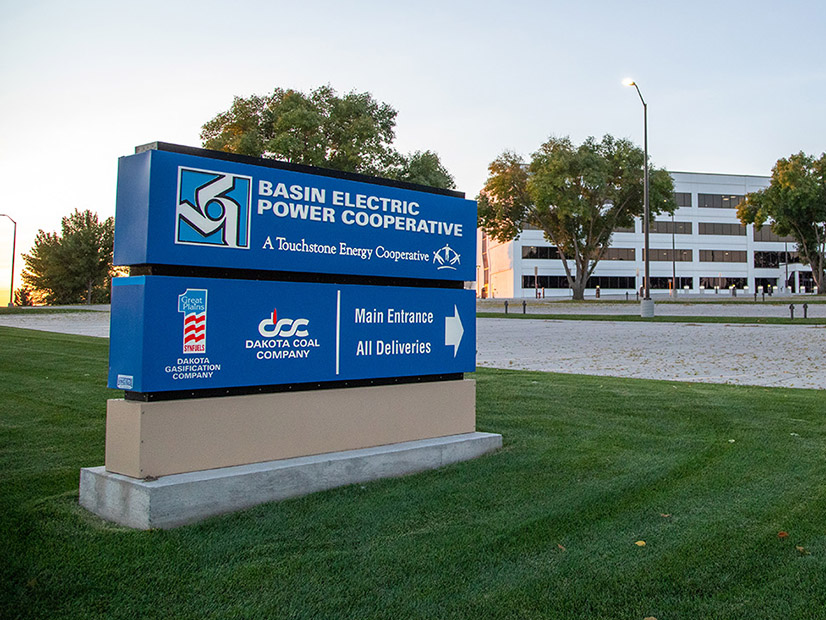FERC on Aug. 20 rejected Basin Electric Power Cooperative’s proposal to establish cryptocurrency blockchain and large load rate schedules, though it did so without prejudice (ER24-1610).
The commission found that Basin had not met its burden to demonstrate that its proposal was just and reasonable and not unduly discriminatory or preferential. But it acknowledged that there are increasing utility and stakeholder concerns related to the growing number of large loads seeking electric services.
“While we reject Basin’s proposed revisions because Basin has failed to support them adequately, we are sympathetic to Basin’s concerns regarding its ability to serve expected load growth reliably and economically,” it said. “Therefore, our rejection herein is without prejudice.”
Basin’s board of directors on Feb. 16, 2024, approved the rate schedules and associated clarifying revisions needed to incorporate them into its Rate Schedule A. The changes had been in development for years and entailed three crypto rate schedules: one each for the SPP and MISO regions, and one for the Western Interconnection.
The co-op said it would procure energy for crypto loads in SPP and MISO at market prices and pass the costs onto its members, which would pass the costs onto the crypto loads. Basin said it would negotiate a rate with members for crypto loads that were within the Western Interconnection and outside of an RTO market.
To recover general and administrative costs, Basin wanted to assess an additional cost on members serving crypto loads.
Basin said the new schedules were necessary because of “the highly speculative nature of crypto loads,” their high degree of operational flexibility and their uneven, unpredictable load, all of which could result in stranded costs. It said its crypto load was 200 MW in 2023 and that more than 1 GW is expected to locate within its territory.
The proposed large load rate schedule would have applied to new or single-load expansions of 75 MW or greater that were not crypto-related. Basin said these large loads are similar to crypto loads, in that they are highly speculative, but that the nature of that speculation is different.
Projects such as direct-air carbon capture plants, hydrogen hubs and green ammonia factories might be spurred by federal or state legislation and be contingent on government funding, Basin explained. If that funding did not materialize, a project could be canceled, and Basin would be left to bear the cost of the generation and transmission assets acquired to serve it.
Basin said its members are in discussion with 22 large-load projects totaling nearly 5 GW, which is roughly equivalent to the co-op’s entire 2022 peak load.
FERC said that Basin did not provide adequate evidence that all crypto loads pose a greater stranded asset risk than non-crypto loads of similar size. It noted that Basin itself acknowledged that there is a stranded asset risk for non-crypto large loads as well and that the co-op does not have specific experience with stranded costs from existing crypto load within its territory.
Commissioners Lindsay See and Judy Chang did not participate in the order.
Basin did not respond to a request for comment.

